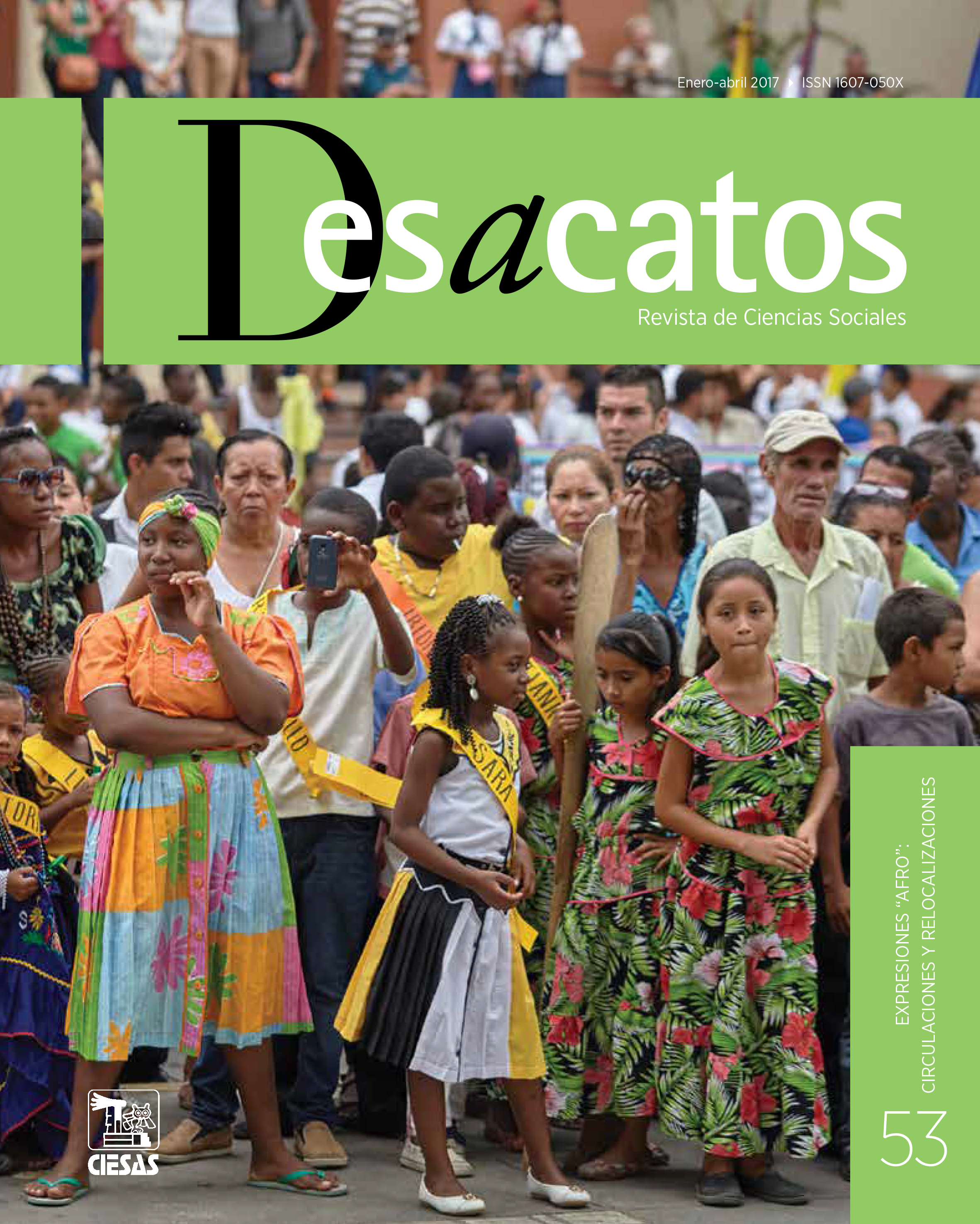The Fractal: A Useful Notion for the Americanist Anthropology?
DOI:
https://doi.org/10.29340/53.1695Keywords:
Abstract
The notion of fractal, introduced in the 1970s by Benoît Mandelbrot to designate sets possessing particular geometrical properties as self-similarity and invariance by change of scale, was introduced in anthropology from 1991. Since that date, it has been the object of debates on the part of the specialists of Mesoamerica. The present article settles for purpose to review the literature to answer several questions: did the anthropologists take back the mathematical definition? What kind of human productions did they qualify of fractal? Is this notion useful for the study of the American Indians? Having defined the notion of fractal geometry, the article distinguishes two uses of the notion: the fractal in the social geometrical productions and the fractal by analogy, to conclude on the possible applications of the notion to the ancient and contemporary Mexico.Downloads
Download data is not yet available.
Published
2017-01-23
Issue
Section
ESQUINAS
License
.
How to Cite
The Fractal: A Useful Notion for the Americanist Anthropology?. (2017). Desacatos. Revista De Ciencias Sociales, 53, 130-149. https://doi.org/10.29340/53.1695


 Make a Submission
Make a Submission
 Language
Language
 Information
Information

 Keywords
Keywords Social Media
Social Media